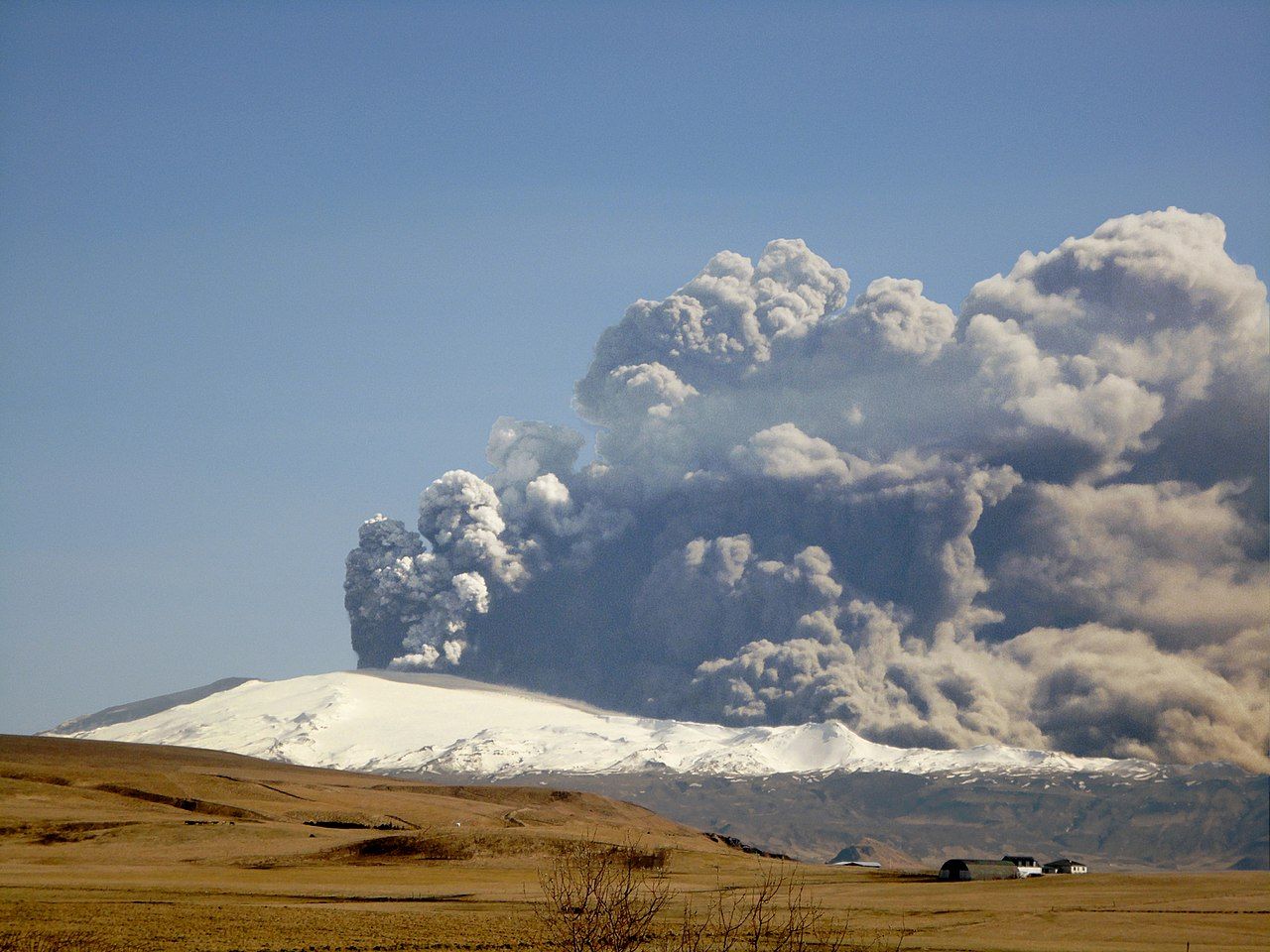Summary
- British Airways Flight 9 experienced a near catastrophe when it lost power on all four engines after flying through a volcanic ash cloud.
- The crew declared an emergency and successfully restarted the engines moments before making an instrument-only landing.
- The incident raised awareness about the dangers of volcanic ash to aviation and led to increased precautions to prevent similar occurrences.
On June 24th, 1982, British Airways Flight 9 encountered volcanic ash at cruising altitude, resulting in a near catastrophe. The carrier's Boeing 747-200 (Registration G-BDXH) was performing a scheduled flight from London to Auckland, New Zealand, with four stops in Bombay, Kuala Lumpur, Perth, and Melbourne.
The three-year-old aircraft was flying its third leg from Kuala Lumpur to Perth when pilots were faced with what looked like an atmospheric electric field on the aircraft's windshield. This article explains how the events unfolded on the fateful night and, despite the jumbo jet losing power on all four engines, survived.
Passengers could still smoke onboard at the time
The first few legs of the flight passed uneventfully, and a new crew came aboard in Kuala Lumpur to fly the aircraft on the Perth leg of the journey. While flying south, the crew noticed what looked like St. Elmo's fire (an atmospheric electric field) on the aircraft's windshield.
Despite the weather radar showing clear skies, the flight crew turned on the engine de-ice mechanism and passenger seatbelt sign as a precaution. Back in the 1980s, it was still possible to smoke on planes, so when smoke began to accumulate in the cabin as a result of flying through what turned out to be a volcanic ash cloud, it was initially assumed to merely be from passengers' cigarettes.
However, as the smoke intensified and a sulfur odor appeared, passengers seated at windows near the engines noticed they were glowing blue. Shortly afterward, at around 20:42 local time, the number 4 engine flamed out. The crew immediately shut it down, turned off the fuel supply, and armed the fire extinguishers. Then, less than a minute later, engine 2 also flamed out.
Stay informed: Sign up for our daily and weekly aviation news digests.
These failures were then quickly followed by engines 1 and 3 also flaming out, leaving the jumbo jet flying without power. The crew calculated that, given their altitude and a glide ratio of 15:1, they would be able to stay in the air for around 23 minutes, during which time they would cover a distance of about 91 miles (146.5 km).
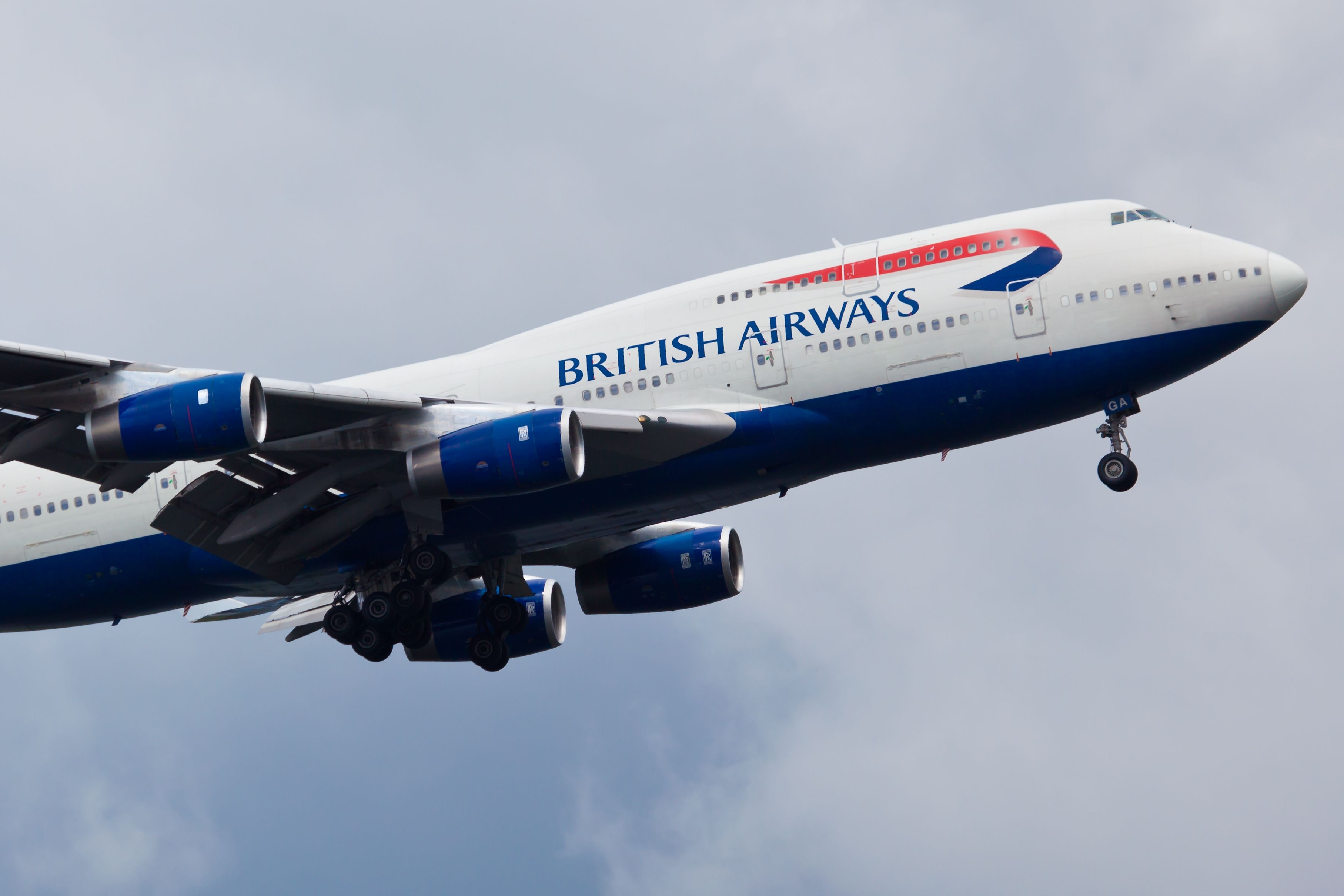
How A British Airways 747 Beat The Transatlantic Subsonic Speed Record
The aircraft completed the journey between New York and London in under five hours.The Captain declared an emergency
The Captain declared an emergency to Jakarta Air Traffic Control, informing them that all four engines were out. The ATC, however, misinterpreted the message, believing that flight BA 009 had only lost power to engine 4.
A nearby Garuda Indonesia flight heard the message and reported to ATC that the BA flight had lost all power. Despite the crew "squawking" the emergency transponder setting of 7700, ATC could not locate the Boeing 747 on their screens.
The airline industry is always full of new developments! What aviation news will you check out next?
If the crew were to be able to glide the 747 to Jakarta, they would need to be at an altitude higher than 11,000 feet to clear the mountains on the island's south coast. If they were any lower than 12,000 feet, they decided that they would turn the aircraft out to sea and ditch in the Indian Ocean. Despite not being at the recommended altitude to try and restart the engines, the crew attempted but failed.
The words every passenger dreads
It was then that the aircraft's Captain, Eric Moody, informed the passengers of the unfolding situation in a characteristically British fashion. According to the Daily Mail, he told the 248 passengers onboard the 747-200:
"Ladies and gentlemen, this is your Captain speaking. We have a small problem. All four engines have stopped. We are doing our damnedest to get it under control. I trust you are not in too much distress."
As the plane lost pressure, oxygen masks automatically deployed throughout the cabin. The flight crew had their masks on in the cockpit, but Senior First Officer Roger Greaves's mask had a problem. The tube that delivers oxygen to the mask had become loose, and he could not reconnect it. To fix the situation, Moody descended quickly to a height where it could breathe almost normally.
The crew restarts the engines
Now approaching the height at which a decision had to be made, the crew tried once again to restart the stricken aircraft's engines. Engine number 4 kicked back into life, allowing Moody to use its thrust to maintain altitude. A moment later, engine number 3 started, which was soon followed by the number 1 and 2 engines.
However, as the aircraft gained altitude before making its final approach into Jakarta, engine number 2 started acting up and had to be shut down. Another problem then befell the 747. Specifically, during the descent, approaching Jakarta's Halim Perdanakusuma International Airport (HLP), the crew could see nothing as the windshield looked as though it had been sandblasted.
Having no direct visual contact with the ground, the decision was made to do an instrument-only landing. They could make out the runway lights through a small gap in the windshield while the First Officer shouted out how high they should be at each of the airport's distance-measuring equipment points.
Thankfully, Moody managed to land the plane safely. However, once on the ground, the crew found taxiing impossible due to the glare of the lights on the airfield. Furthermore, the aircraft's own lights did not appear to be working.
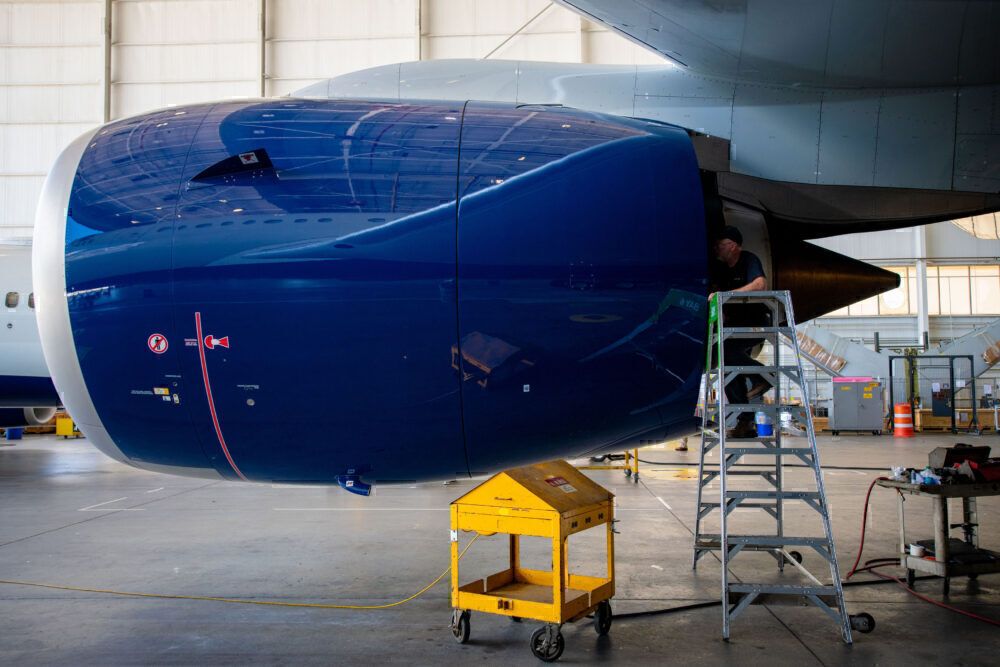
How Rolls-Royce Increases The Time-On-Wing For Its Trent 7000 Engines
Rolls-Royce’s Trent 7000 has surpassed one million flying hours since it entered commercial service in 2019.The investigation
The crew was initially unaware of what had caused them to lose all power and end up with an opaque windshield. However, subsequent investigations shed light on the incident. Specifically, reports showed that the aircraft flew through a cloud of volcanic ash from the eruption of Mount Galunggung on the island of Java.
The aircraft's weather radar was set up to detect moisture, but because the ash cloud was dry, this particular phenomenon did not show up. Because of the abrasive nature of the ash, it effectively sandblasted the windshield and landing lights while also clogging the engines. As the ash was ingested into the engines, it melted and stuck to the inside of the powerplant.
When the crew shut the engines down, they cooled off, solidifying the ash to the extent that as the aircraft descended, it started to break off and flow through the engines. With air now flowing smoothly through the engines once more, the crew was able to make use of a generator and onboard batteries to restart the engines, preventing what could have been a horrific accident.
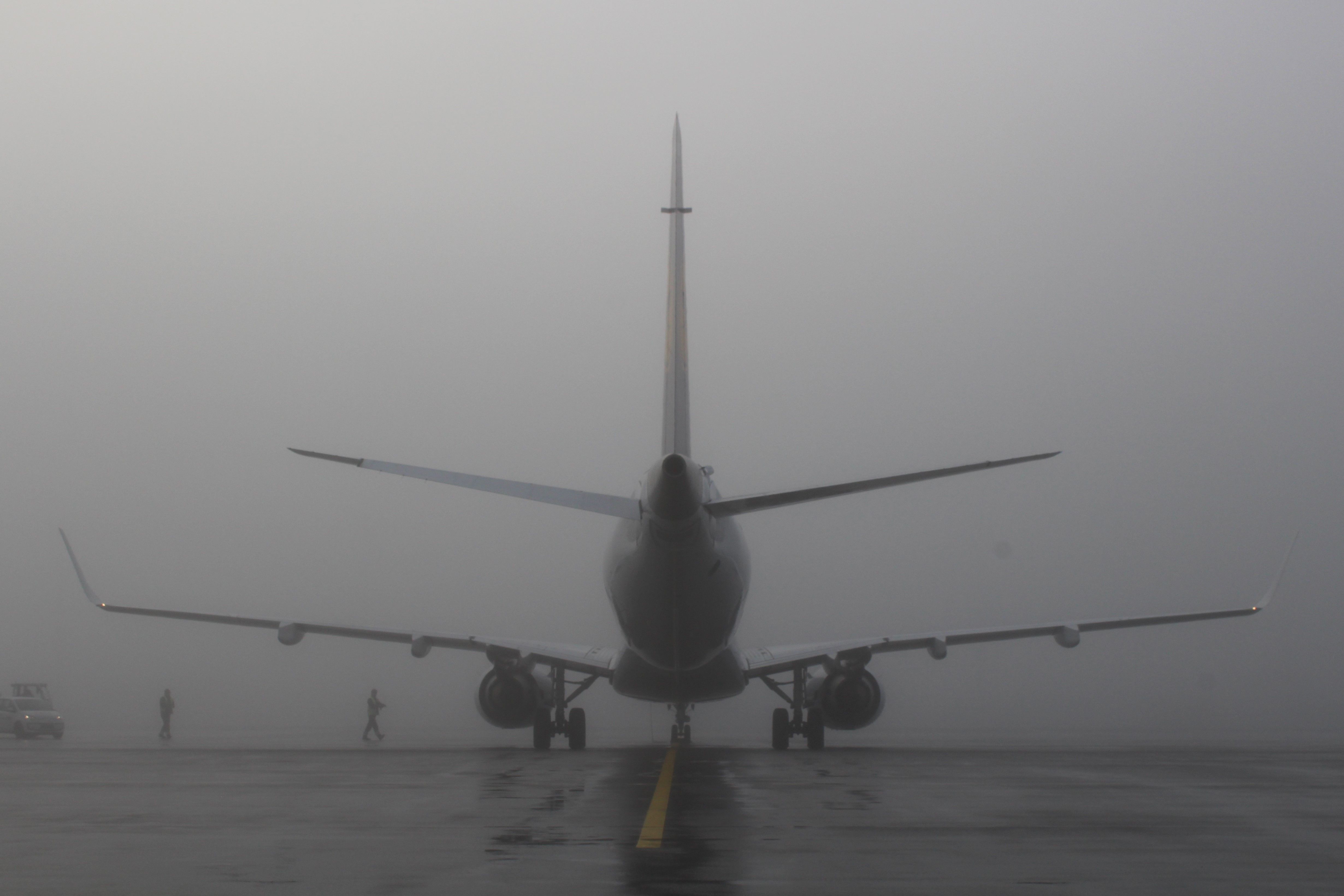
Flying In Fog: What Procedures Are In Place To Keep Planes & Their Occupants Safe?
How modern technology and standardized procedures help pilots deal with the challenges of flying in fog conditions.For their bravery, the crew of flight BA009 received various awards, including the Queen's Commendation for Valuable Service in the Air. The aircraft's engine-less flight was also recorded in the Guinness Book of Records as the longest glide in a non-purpose-built plane. This record has since been broken twice, first by Air Canada Flight 143 (1983) and then by Air Transat Flight 236 (2001).
As for G-BDXH, it made a full return to service following significant repair work and an engine replacement in London. Data from ATDB.aero shows that it stayed at British Airways until 2001 before joining European Aviation Air Charter the following year. It was eventually scrapped in 2004 after 25 years of service.
The world is now aware of how dangerous volcanic ash is
Since BA009's encounter with the ash cloud, the world is more aware of how damaging a volcanic eruption can be to aviation. You may remember the disruption caused in Europe by the 2010 eruption of Eyjafjallajökull in Iceland.
The ash cloud released on April 14th, 2010, was so large that it covered a vast portion of Northern Europe, forcing 20 countries to close their airspace. The closure resulted in the cancelation of nearly 100,000 flights and millions of stranded passengers. Fortunately, we are now aware of how dangerous volcanic ash is and are quick to act to prevent what happened to BA 009 from occurring again.
What do you make of this incident? Do you remember it happening at the time? Let us know your thoughts and recollections in the comments!
Source: Daily Mail

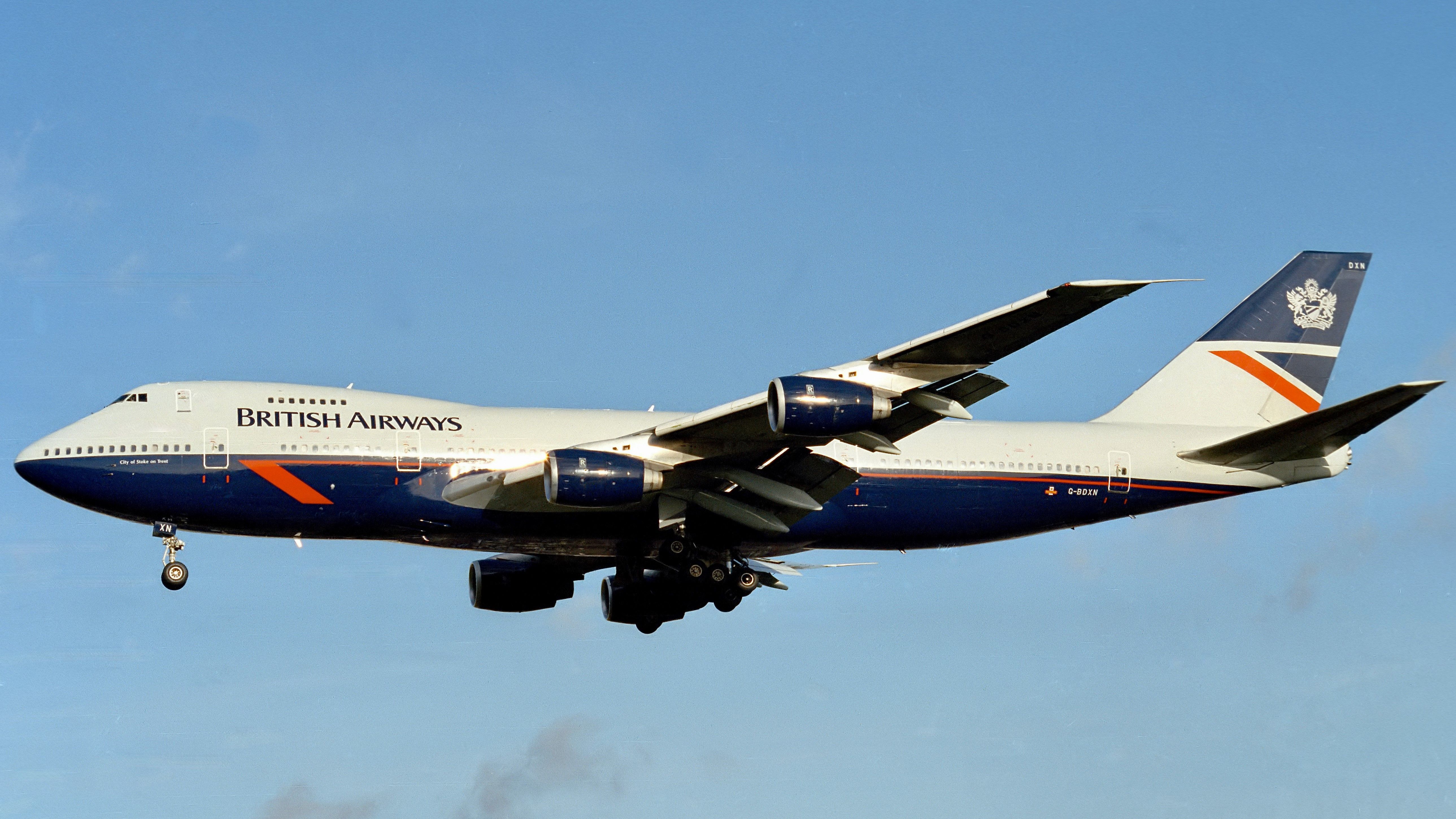

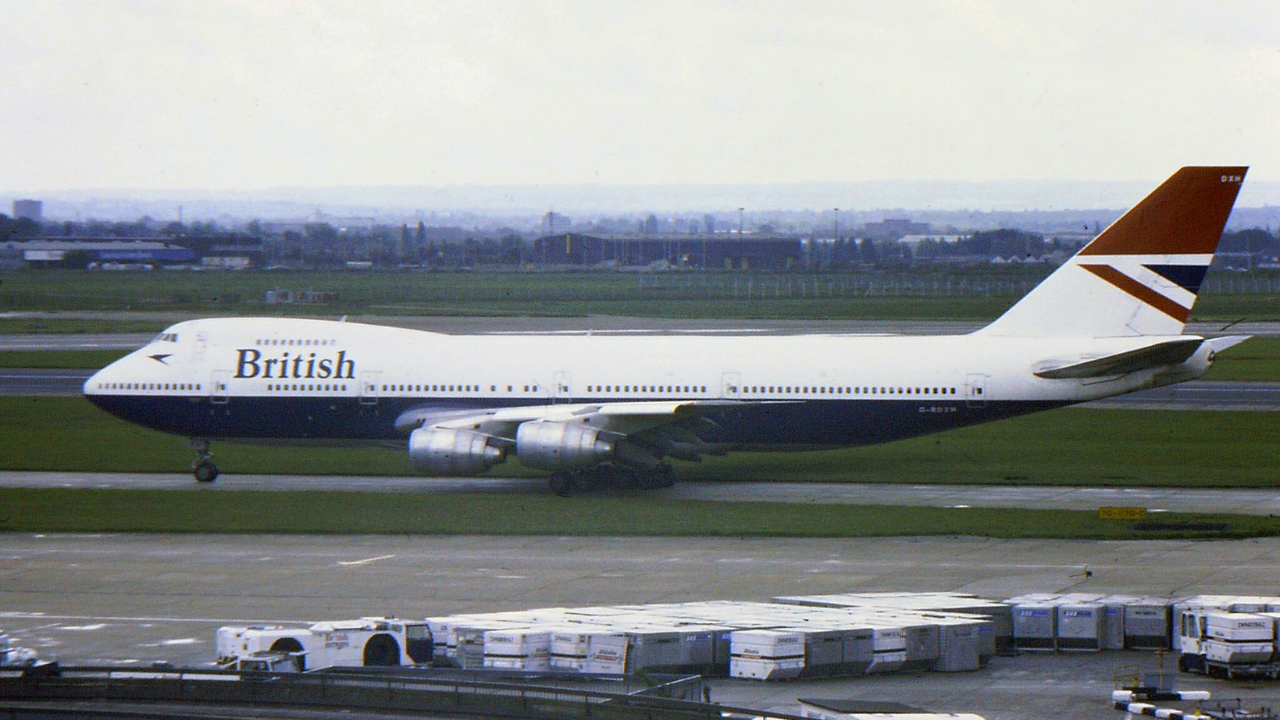
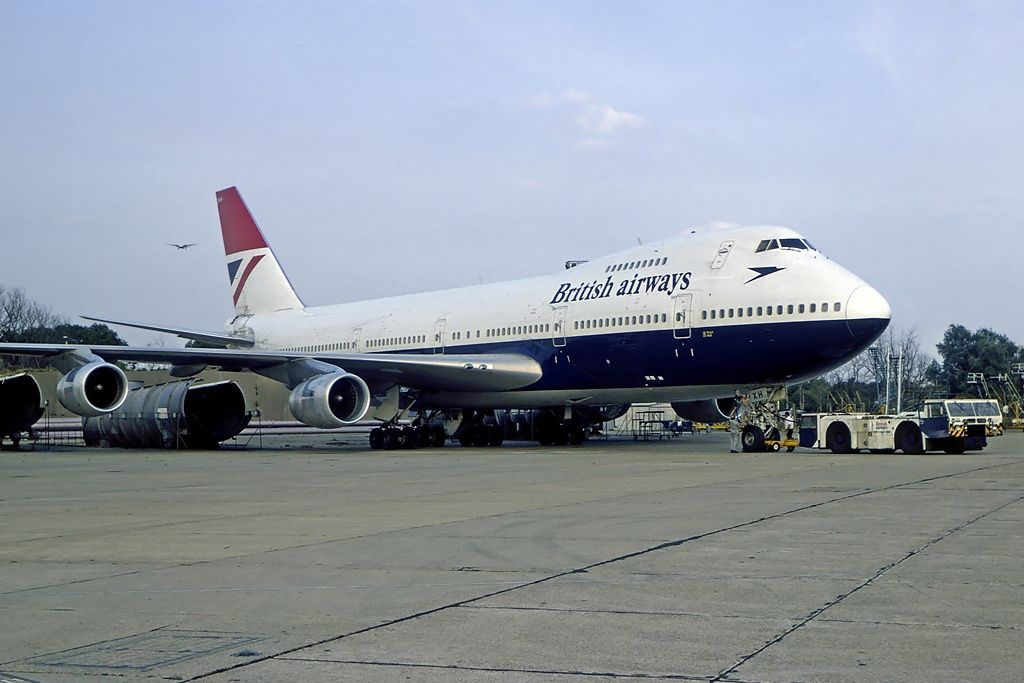
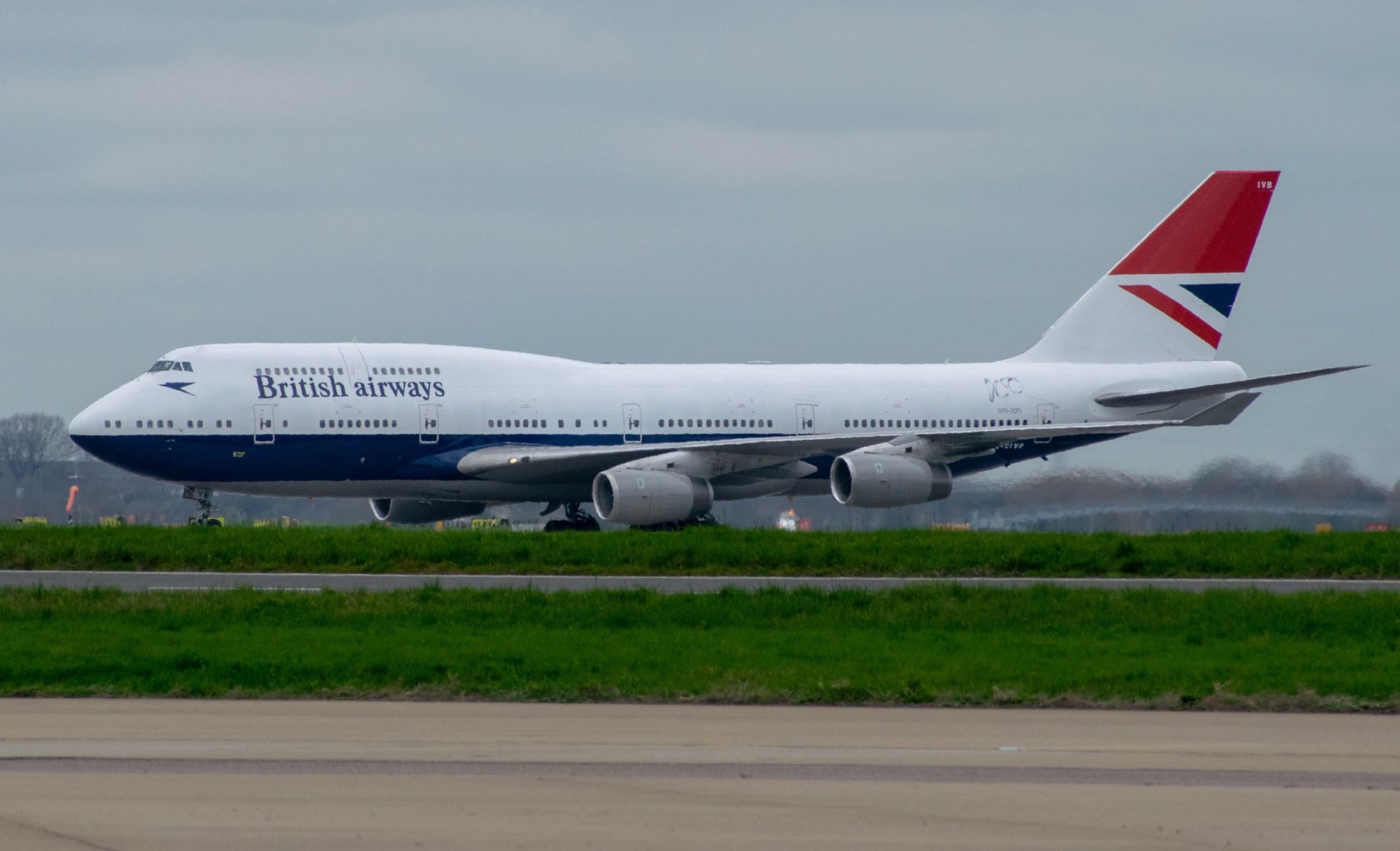

.jpg)
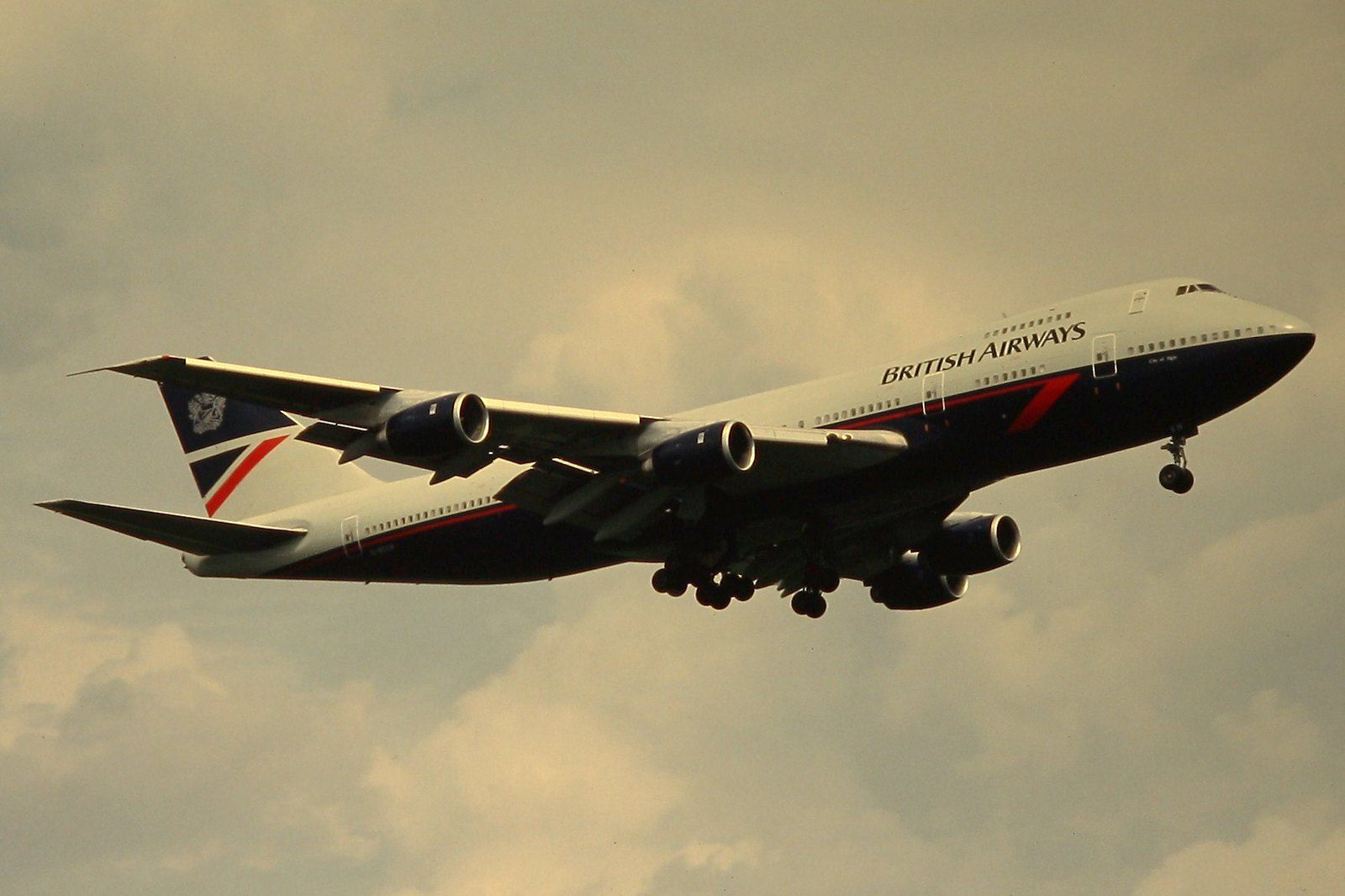
_MAN_09AUG03_(10559427266).jpg)
